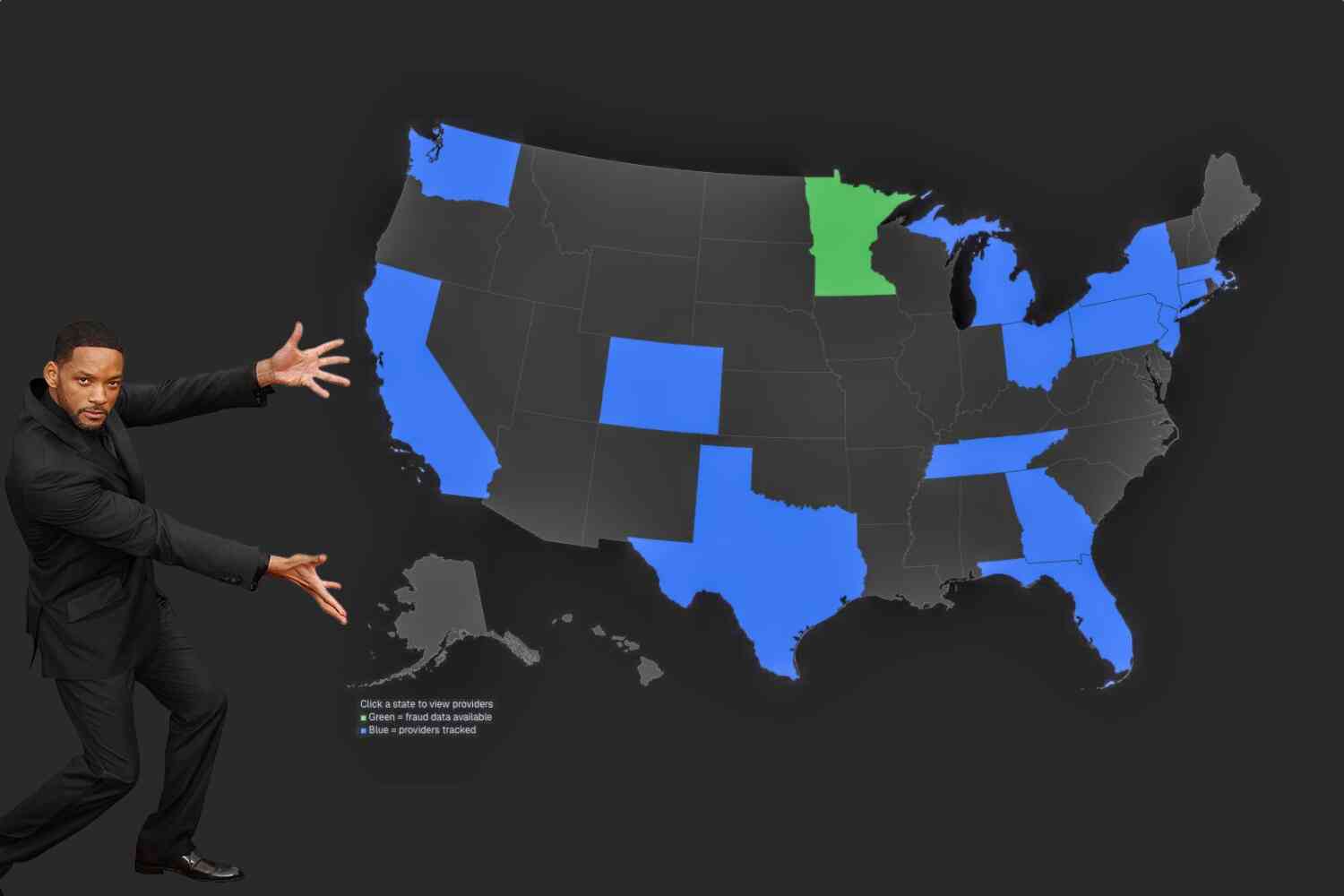Think of all the plants and animals that give you trouble in your day-to-day life: Ants. Mice. Raccoons. Poison ivy. Hornets. If you live in the country, maybe deer or coyotes or snakes.
Often lesser known but arguably an even bigger problem are the numerous invasive species here: Burmese pythons. Kudzu. Snakehead fish.
Yet among the most destructive and most overlooked of these pests is one about which you hear relatively little: The feral hog.
[I]magine a species ... [with] no roadblocks to dominance: One that is indifferent to temperature, comfortable in many landscapes, able to run a lot faster than you, and muscular enough to leave a big dent in your car. That describes any of the possibly 6 million feral hogs in the United States, the most intractable invasives that most people have never heard of.
I mean, honestly, I have heard of feral hogs. But "6 million feral hogs"??
Um, I was not aware of that. I figured there had to be, like, you know, a few tens of thousands at most. Six million is — just nope. That's about as many hogs as there are people in the state of Maryland. Every resident of Maryland could have a feral hog pet if they wanted.
To be sure, Maryland residents do not want a feral hog pet. Nobody does. In addition to being miserably destructive pests, they're also potential disease vectors and are impossible to contain:
The challenge inherent in wild pigs isn't only the damage they do, though that is estimated to total $2.5 billion per year. Nor is it the diseases they may transmit to domesticated pigs or humans, though the dire possibilities keep biologists awake at night. It's that there is no way of controlling them. Fences cannot hold them. Trapping and shooting can keep down their numbers only when populations start out small. And despite abundant research, pharmaceutical controls — either contraceptives or poisons, what biologists call toxicants — are still a few years away.
That's right: You can't shoot them out of existence.

And you can't contain them.

And you might as well throw out those fancy feral hog pills you bought off HogPillCentral.com, because those don't work either.

To be fair, there has been some progress at rolling these beasts back. But it's still an uphill battle:
Since its founding, that USDA program has worked to reduce wild pig populations through a combination of trapping and euthanizing groups of swine, and encouraging legislation that prevents the animals from being replaced. That has led to eliminating wild hogs in seven states — Colorado, Maine, Maryland, Minnesota, New Jersey, New York, and Idaho — and reducing their numbers in Iowa, Vermont, Washington, and Wisconsin. But that leaves at least 35 states where they still flourish, though Texas allows hunters to machine-gun hogs from privately operated helicopters. (In the Carolinas, federal agents use copters as well.) Pigs, as the saying goes, are smarter than dogs. Hunted during the day, they will switch to foraging at night. Hunted with traps, they learn to recognize and avoid them. And hunting with aircraft taught them pretty quickly to recognize engine noise and take cover.
Wild pigs are a menace. We need more red-blooded Americans up in helicopters with machine guns.










